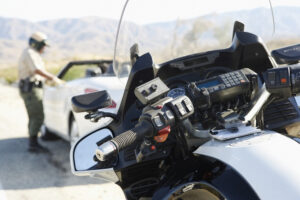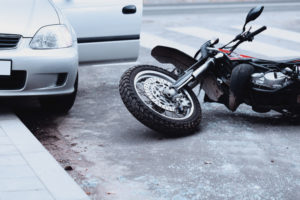I see more and more people riding bikes along the roadways- adults not just kids- like when I grew up. These are people out for exercise and relaxation. I recently had a good friend die of a traumatic brain injury after being struck by a truck. He suffered for several months after the collision. It was a sad watching this former business executive not being able to speak, visit, enjoy his friends and family – wife, two children and grandchildren. Then after that, my 68 year old cousin was struck by a car. She suffered multiple broken bones- leg, ankle, shoulder and was comatose for weeks. Luckily, she was air-flighted to a regional hospital and survived- without traumatic brain injury. That was months ago and she still requires assistance for her activities of daily living. These two events made me wonder how many people die or are seriously injured riding bicycles.
According to the National Highway Safety Traffic Administration in 2013, 743 people lost their lives in bicycle/motor vehicle crashes. (NHTSA Traffic Safety Facts) That is just under two people every day of the year in the U.S. This is the highest number of fatalities since 2006, when 772 were killed, and a major increase from the 682 bicyclist fatalities reported in 2011. Along with the deaths, there are serious injuries associated with bicycle wrecks. Reported injuries have averaged around 50,000 with 52,000 injuries in 2008, 51,000 in 2009, and 52,000 again in 2010. However, research by the NHSTA of hospital records shows that only a fraction of bicycle crashes causing injury are ever recorded by the police, possibly as low as ten percent. The total cost of bicyclist injury and death is over $4 billion per year (National Safety Council). I have not been able to find more recent statistics.
While bicycle fatalities represent less than two percent of all traffic fatalities, they account for only one percent of all trips in the United States. The NHTSA concedes there is no reliable source of exposure data as it doesn’t know how many miles bicyclists travel each year or how long it takes them to cover those miles (and thus how long they are exposed to motor vehicle traffic). Risk certainly is varied by time of day (with night time being more risky), experience level of rider, location of riding, alcohol use, and other factors. Obviously, many people believe the health benefits of bicycling exercise and often the camaraderie associated with riding in groups offset the risk.
Here are some statistics from the National Highway Traffic Safety Administration on who and why some are injured:
- The average age of bicyclists killed in crashes with motor vehicles continues to increase, climbing to 44 years old in 2013, up from 39 in 2004, 32 in 1998, and 24 in 1988.
- 83 percent of those killed were male.
- 68 percent of bicyclist fatalities occurred in urban areas.
- 22 percent of bicyclist fatalities occurred between 6 and 8:59 p.m.
- 20 percent of bicyclists killed had blood alcohol concentrations of 0.08 g/dL or higher.
- In 29 percent of the crashes, either the driver or the bicyclist had blood alcohol concentrations of 0.08 g/dL or higher.
- California (141), Florida (133), and Texas (48) lead the nation in the number of bicyclist fatalities.
- Five states, Nebraska, South Dakota, Vermont, West Virginia, and Wyoming, reported no fatalities in 2013.
For further research into this here are some sources to review:
- National Highway Traffic Safety Administration (NHTSA)
- NHTSA Traffic Safety Facts
- Insurance Institute for Highway Safety (IIHS)
- Fatality Analysis Reporting System (FARS)
If you are going to ride the road on your bike, here are some safety considerations. Wear properly fitted bicycle helmets. A helmet is the single most effective way to prevent head injury resulting from a bicycle crash. In Alabama riders under 16 years of age are required to wear a helmet. The bicycle can be confiscated and the parents fined if there are 3 or 4 violations. Because bicyclists are considered vehicle operators, you are required to obey the same rules of the road as other vehicle operators, including obeying traffic signs, signals, and lane markings. When cycling in the street, ride in the same direction as traffic. When riding with others, bicyclists are to ride no more than 2 abreast on public roads.
For those in the automobiles and other motorized vehicles, share the road with bicyclists. Be courteous – allow at least three feet of clearance when passing bicyclists on the road, look for cyclists before opening a car door or pulling from a parking space, and yield to cyclists at intersections and as directed by signs and signals. Be especially watchful for cyclists when making turns, either left or right. Bicyclists can increase their visibility to drivers by wearing fluorescent or brightly colored clothing during the day, and at dawn and dusk. To be noticed when riding at night, use a front light and a red reflector or flashing rear light, and use retro-reflective tape or markings on equipment or clothing. Riding with others also increases visibility.

Civil litigation attorney Billy Cunningham practice concentrates on personal injury, wrongful death, nursing home abuse, business litigation, environmental law and insurance matters. He is licensed to practice in the state and federal courts of Alabama and Mississippi, as well as in the U.S. Court of Military Appeals, U.S. Court of Appeals for the Fifth Circuit and the Supreme Court of the United States.










Comments for this article are closed.